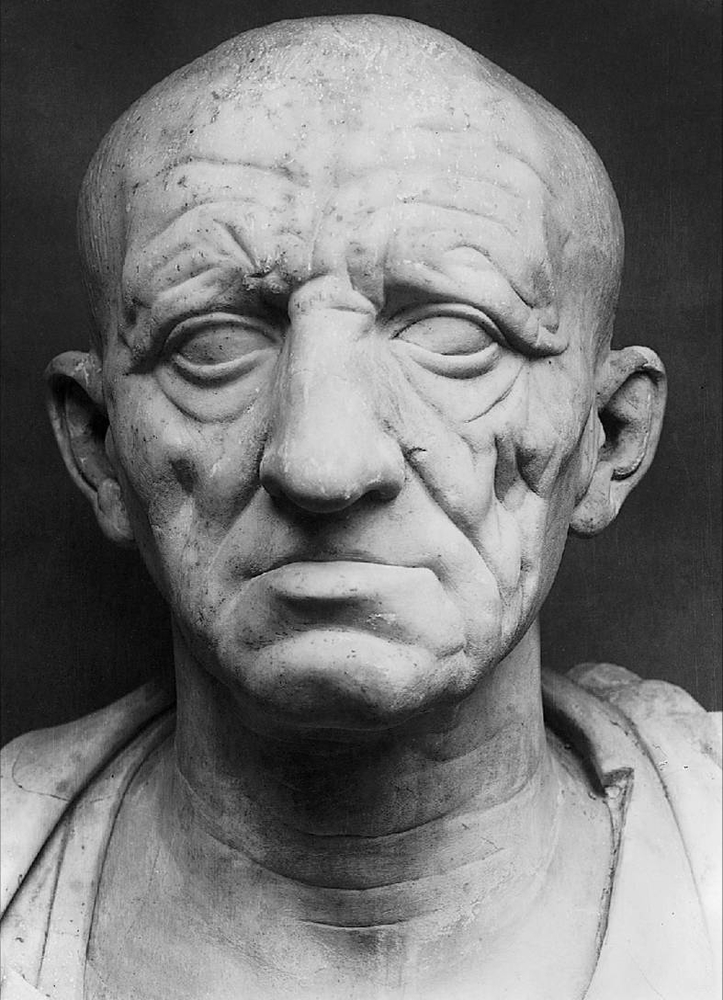Although the mystery behind The Ugly Duchess lent the work its intrigue, researchers have recently determined the possible medical reason for her appearance.
Bet you feel bad for calling her ugly now, don’t you? But let’s face it – no one escapes the harsh, critical eye of Western art history. Just ask all those poor, ugly Renaissance babies how they feel. After decades of interpreting this painting as satirical, social commentary, recent research has focused on the medical explanations for the physical attributes of the Duchess. Much like the artists learning alongside medical students in The Gross Clinic, scientific inquiry took the visual analysis of this painting to a new level.
The strange visage we see here was no metaphor that Matsys imagined. The Duchess actually looked like this, and for good reason. Most recently, scholars have claimed that her appearance is actually a result of a very rare form of Paget’s disease, which enlarges and deforms the bones. Although her face is most obvious in this work, her hands and collarbones would have suffered as well.
Despite understanding her medical history, scholars still can’t positively ID this woman. There are many theories, but none convincing enough to lead the pack, as there are some contradictions surrounding her. Like an accidental Apple Watch in the new Star Wars movie, her clothes are a bit anachronistic. Matsys painted her in 1513 but gave her the latest fashion – about a century too late. Her headpiece is gorgeous, but it’s so early-fifteenth-century.
Early ideas of her facial features being a moral message has obscured our ability to think of her as a real person. But we are no less captivated by her. We do know that Matsys painted a pendant piece for this portrait, intending for it to be one half of a diptych. Her partner in crime is known as The Old Man, and he is most likely Philip the Bold, Duke of Burgundy. At any rate, Matsys was deep in the throes of exploring portraiture. He followed the footsteps of Netherlandish artists like Hans Memling and Jan Van Eyck. He was also aware of the simultaneous innovations of Italian portraiture.
As scholars proved one aspect of this painting’s history, they debunked another. Researchers recently proved that even Leonardo da Vinci admired this bizarre artwork. It was widely assumed that Matsys based the Duchess on a work by the Italian master. After all, whose name did you more readily recognize? However, it is the opposite that scholars have recently proven true. Matsys and Leonardo both delighted in the strange and grotesque, and the two actually seemed to have maintained a correspondence, sharing sketches that they found amusing. Imagine that.



























1st time I looked at this: Uh huh. The title fits
Read the article: Well now I have to reflect on every single insulting thing I've ever said.